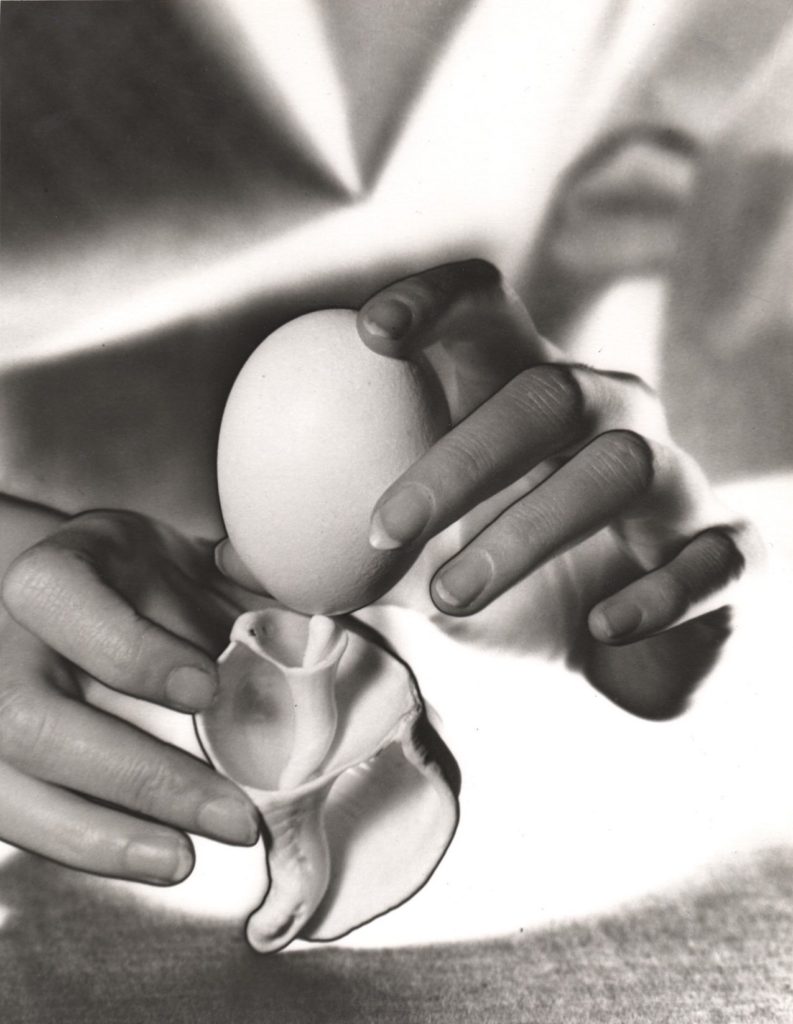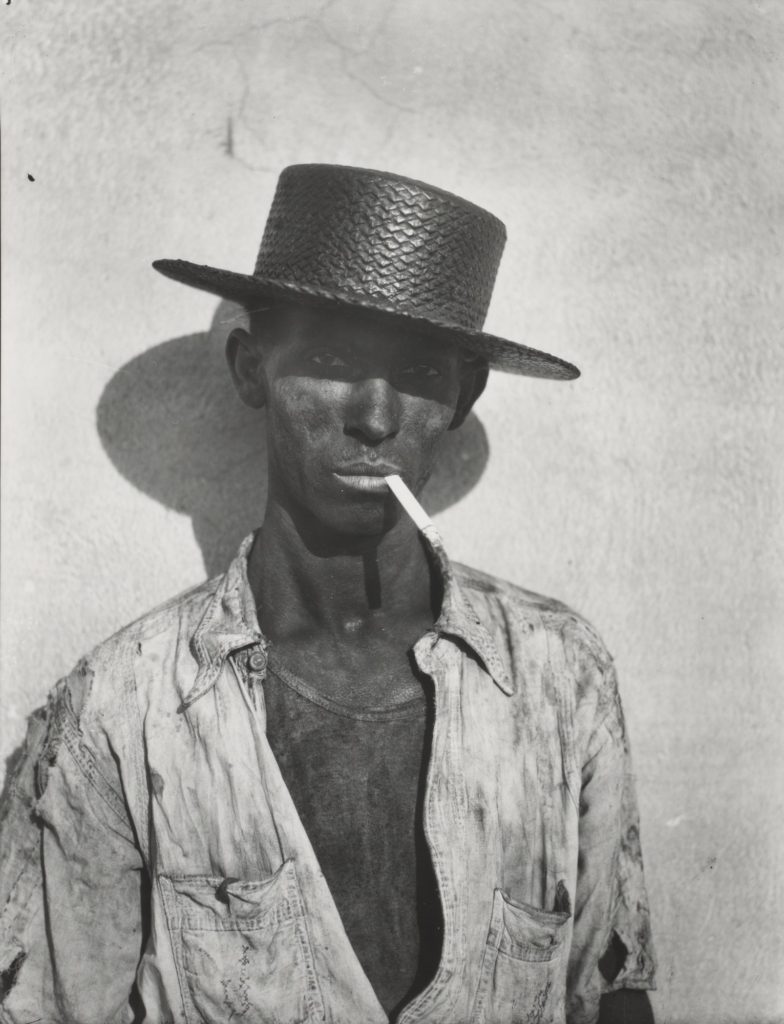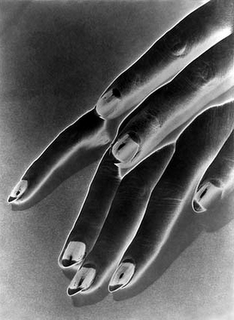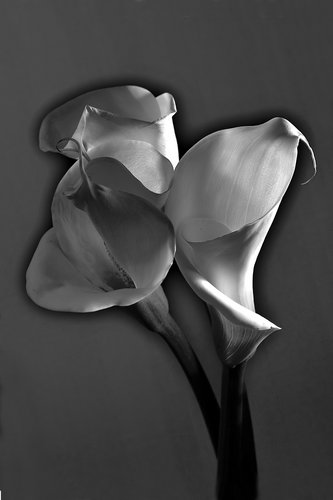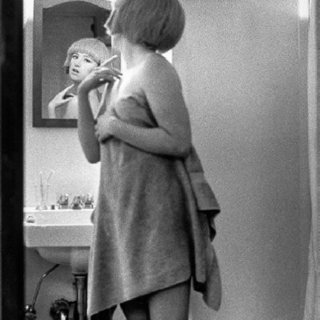MODERNISM
Time period: late 19th and early 20th century
Key characteristics/ conventions :
Modernism emerged as a reaction to the age of enlightenment. The age of enlightenment aimed to understand the world on its own rather than through the teachings of the church. It was shift away from religion and the belief of god and a move towards the scientific revolution. Modernism aimed to change the approach of mankind to culture, leading to the creation of surrealism, the development of psychology through Freudian’s psychoanalysis and the development of liberalism, socialism and Marxism within politics.
Modernism made reference to the things inside of the art work such as form, composition, medium, material, skills, techniques, process etc.. It is concerned with object rather than subject and the form of the images rather than the content. Modernism focuses more on the creator rather than the spectator.
In art, Modernism hold a belief in the individual genius of the artist, a desire to be original, a desire to be new and has respect for the art object. Avant-garde movements include that of fauvism, dadaism, realism, and straight photography.
GROUP F. 64
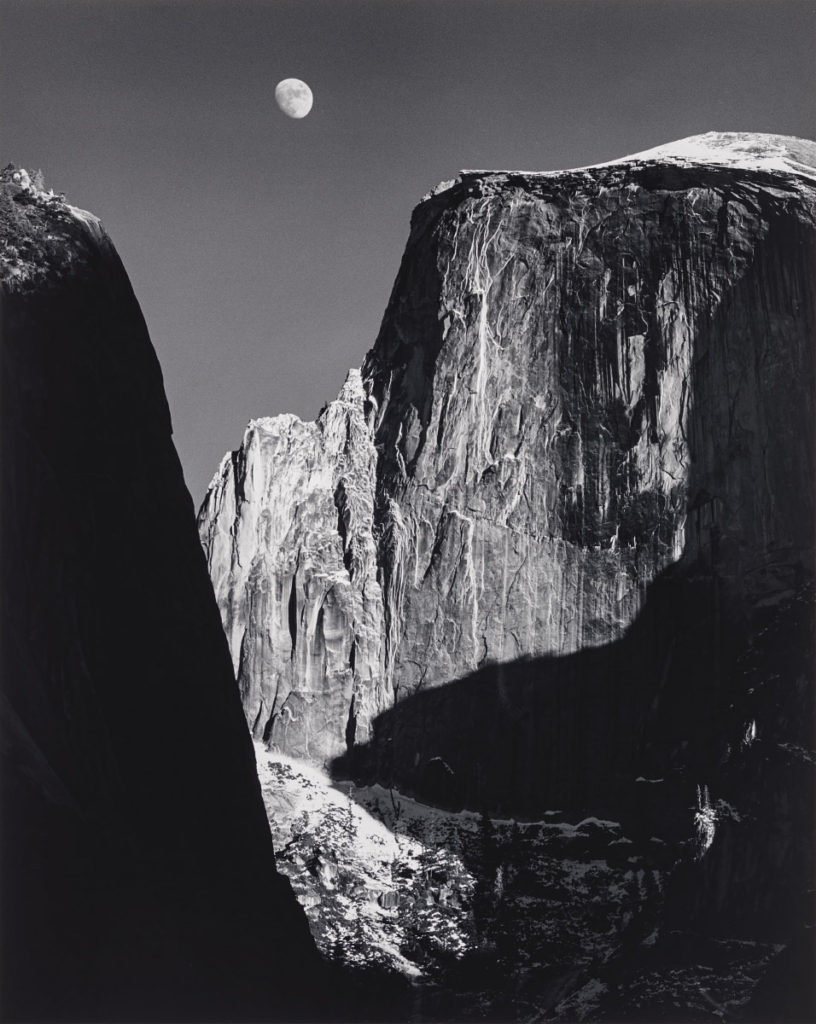
In the 1930s, Group f.64 was founded. It consisted of a group of eleven photographers, including the well-known Ansel Adams, Imogen Cunningham and Edward Weston.
Group F.64 were brought together through their desire to move away from the pictorial period and their desire to photograph life as it really was- through straight photography.
Their images were characterised by a clear, sharp-focus aesthetic, focusing on accurately exposed images of natural forms and found objects. This style opposed the romantic images that were fashionable at the time, created by maniuplating images during or after printing.
As cameras became more sophisticated, different effects could be achieved quite simply. By closing the aperture on the lens (like the iris of an eye), the focus of a picture was sharpened. The name f.64 refers to the smallest aperture on a camera, used by the group because it provided the greatest depth of field, allowing for much of the photograph to be in sharp focus. Perhaps the overarching vision of the group was their belief in the camera as a passive observer of the world, better able to depict life as it really was because it did not project personal prejudices.
METHODS:
Rayographs:
The technique of creating photographic prints without using a camera was originally referred to as photograms and can be traced back to the origins of photography itself. The technique emerged in avant-garde contexts such as modernism in the early 1920s. Renowned artist, Man Ray, coined the term ‘Rayographs’ to describe his images that appeared as series of swirling abstract shapes, which had been created without a camera by exposing objects to light when placed on sensitized paper.
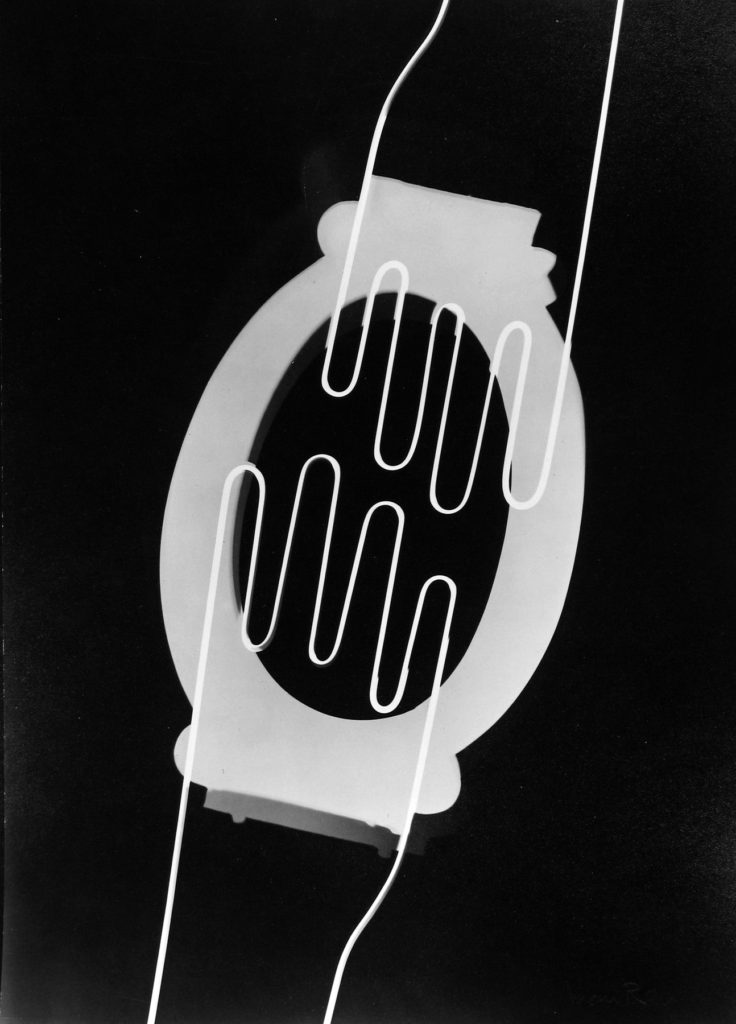
Man Ray 
Gy?rgy Kepes 1906-2001 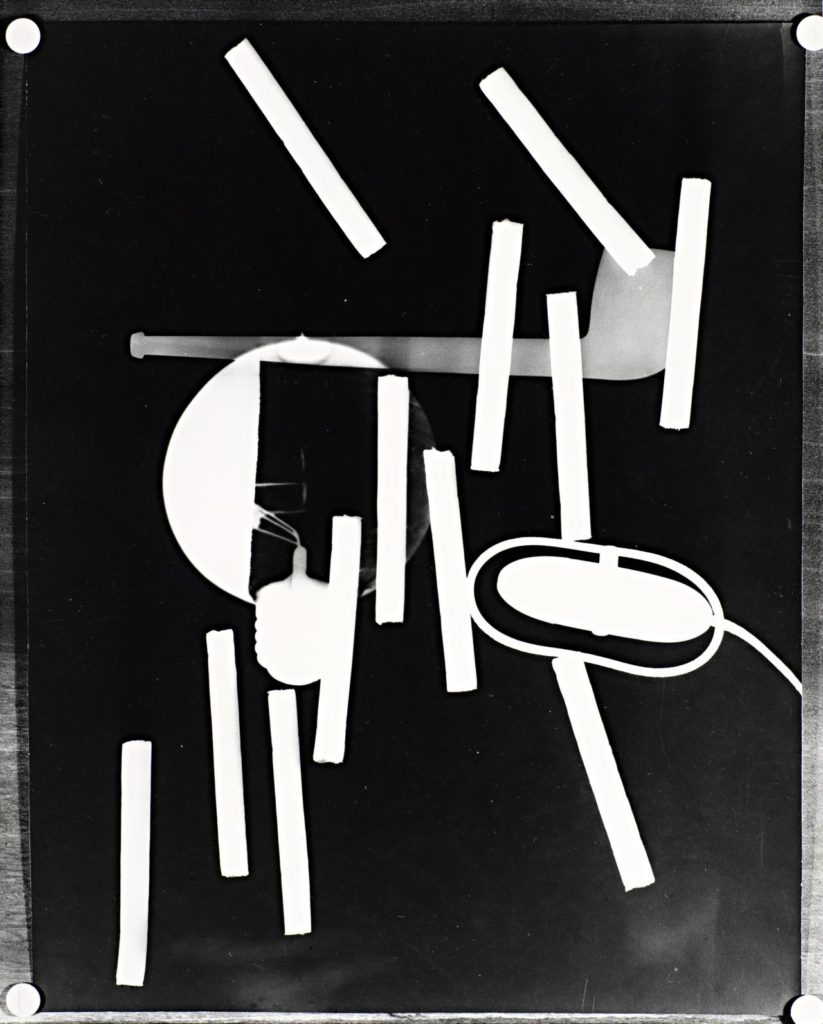
Man Ray
Solarisation:
Discovered by Lee Miller and Man ray, solarisation became a technique in modernist photography to escape from the banal aesthetic. Solarisation was acheived by partially or wholly reversing the tone of images that had been recorded on a negative or on a photographic print. The darker areas of the original image would appear light and vice versa.
POST-MODERNISM
Time period: mid- to late 20th century

Key characteristics/ conventions :
Postmodernism emerged as a response to modernism and a reaction to the age of enlightenment. Modernism had been based on idealism and an idyllic vision of human life and society. It made the assumption that specific universal truths such as those formed by religion or science could and should be used to understand the nature of our reality. Postmodernism, however, was built on scepticism and suspicion. It aimed to challenge the idea that there are universal certainties or truths; embracing the complicated and contradictory meanings of images. Postmodernism is focused on the context of its art by making references to things outside of the art work itself such as political, psychological or cultural issues. It focuses on the reception of the artist’s work by their audience.
CINDY SHERMAN:
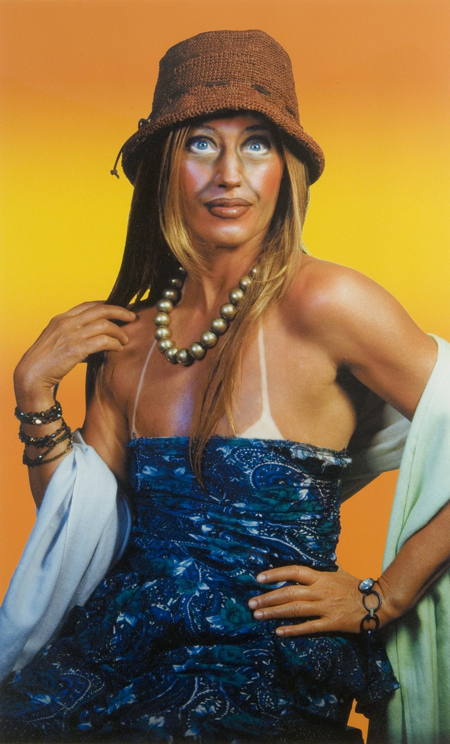
Photographers associated with the postmodern movement include Cindy Sherman, produced self-portraits in various different imagined roles, often commenting on gender stereotypes. Sherman uses a theatrical process to embody her different roles, as well as utilising props incorrectly so as to present her lack of attempt in hiding her efforts: “often her wigs are slipping off, her prosthetics are peeling away, and her makeup is poorly blended. She highlights the artificiality of these fabrications, a metaphor for the artificiality of all identity construction.”
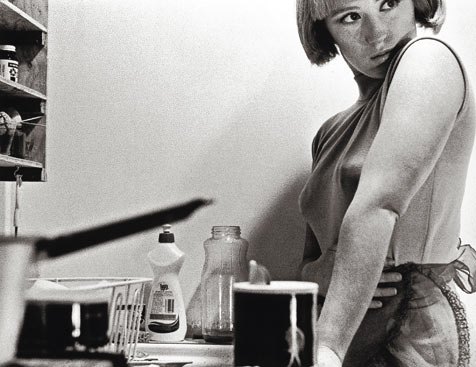
METHODS/TECHNIQUES/PROCESSES:
Postmodern artists have a multitude of different approaches when constructing their art work. Examples include:
- Eclecticism,
- Collaboration (through intertextuality for example)
- Pastiche (imitating or appropriating others work),
- Parody (ridicule, incorporate irony to convey a powerful message),
- Recycling (reusing the same material)
- Reconfiguration (recondtructing of an original)
- Bricolage (deconstructing and reconstucting existing materials in a new and inventive way).




